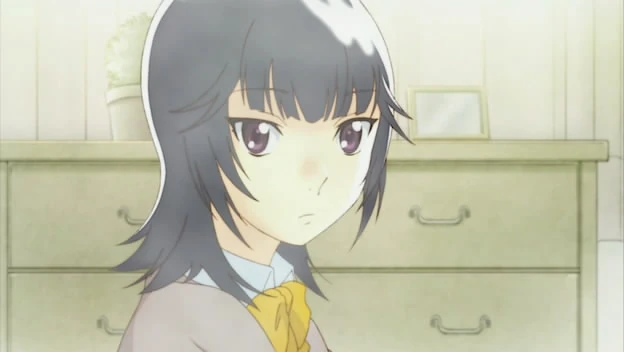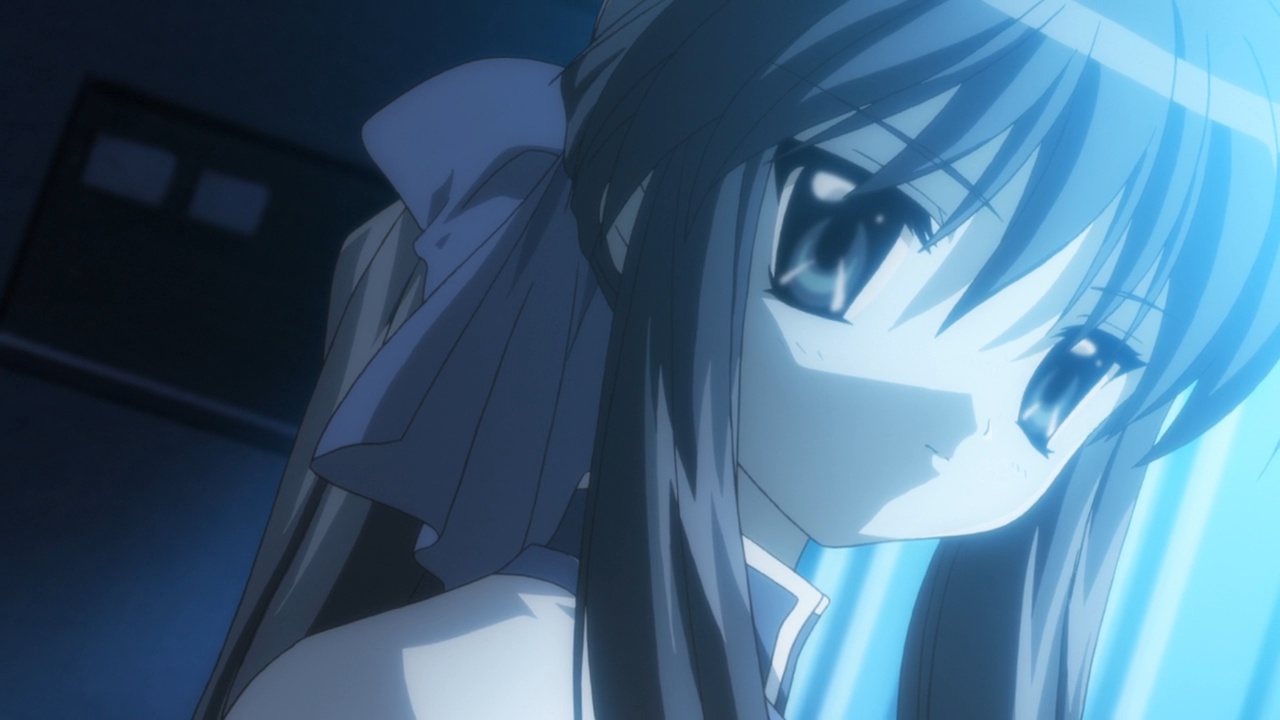Out of the blue, some short impressions on stuff I will be following this winter.
Honourable mentions, good but probably won’t be keeping up with: Endro, HizaUe, Kotobuki
B class residents:
TateYuusha/Rising of Shield Hero: Isekai adaptation blessed with a motivated staff and a decent budget. I felt the opening was a bit too heavy-handed for its own good, but the series has more unique ideas later down the line. Now it is all a matter of whether a proper plot direction can be established and whether character chemistry can save the series from mediocrity. Very easy to follow, though, with a constant mix of action, humour and character development.
Kemurikusa: There is a lot to Kemurikusa that feels fresh, and that is its main forte. The setting, plot progression and dialogue flow are simply different from any other production of the season. That said, the pacing is on the slow side and I actually enjoy listening to the show more than watching it, so I went through episodes two and three while grinding Octopath Traveler on the side.
A class:
Yakusoku no Neverland/Promised Neverland: Probably the top title to recommend to anime outsiders from this season. It is a universal and powerful thriller setup that makes you root for the characters while also being scared of all the possible ways they might fail. Top notch production values with a distinct but down-to-earth artstyle which will keep the show graphically relevant even after years pass. So there is more than enough to like here. However, thrillers live and die by their story developments, and there seems to be a general consensus out there that the first arc is the best part of the show. I am still looking forward to seeing how things play out, though.
Wataten!/An Angel Flew Down to Me: The positive surprise of the season turns out to be a comedy/slice of life show. Ostensibly a yuri series, Wataten gives equal focus to a whole range of personalities and relationships, delivering every episode with a tremendous dosage of warmth. I read a few pages of the manga back when this was announced, and expected very little of the final product. Turns out I was to be smitten yet again by the divine powers of Douga Koubou’s slice of life mastery. And they already have Sewayaki Kitsune announced for later this year…
Egao no Daika/The Price of Smiles: Original story of a twelve-year-old taking over as her country’s queen just as they are all about to be crushed by the neighbouring empire and starve due to a planet-wide crop failure. I can only applaud any show that shows a room full of military higher-ups frowning at a huge stack of lettuce and despairing that the vegetables being delivered to the frontline might swing the tide of battle in the enemy’s favour. With a balanced narrative between the two sides and no obvious solution to the conflict at hand, Egao no Daika might be the show I most look forward to each week. I just hope that the art does not fall completely apart mid-way (it is already struggling at times…) and that they focus on further developing the setting and characters, rather than forcing drama.
Dororo: Solid samurai fare. Another title you might show to an anime outsider without doing much explaining. Hopefully the overarching story ends up no less solid than the episodic offerings so far.
Manaria Friends: What sorcery is this show? Not only is it a yuri series oozing production values from every frame, it might well be one of the season’s bestsellers depending on whatever goodies for the game version and mother-series Shingeki no Bahamut get attached to the discs.
But putting such surrounding circumstances aside, Manaria Friends is a genuine and heartfelt yuri/friendship story. It places its characters in a lovely fantasy setting, but strays away from world-building exposition, preferring viewers to take in the world through osmosis and at their own pace. The focus here is very much on the characters, and so far they are all a blast. Even the princess’s bodyguard who does nothing but follow his lady around becomes a humorous character once we see things from his perspective. The opening episode involves An struggling with the solitude brought about by everyone seeing her more as a princess and prodigy than a person, and while the trope should by all means be worn out from its usage in other places, here it is brought to new life by not only refusing to state the issue openly, but not even letting An herself realise her own predicament and desires until the very moment she is brought relief. At only two episodes in, the series has already impressed a lot, so I will be looking forward to whatever it turns out to be.
So, with seven series on this list and three carry-overs (SAO, Index, Slime), I have a total of ten winter series to follow for a nice average of two episodes a weekday. I am away on a delegation throughout the whole season, as always playing with the legal limits for working time in my country, so spare time is of the essence. I want to avoid wasting too much of it on youtube/social media and just watch some good old anime. Thankfully the winter season appears promising so far.










